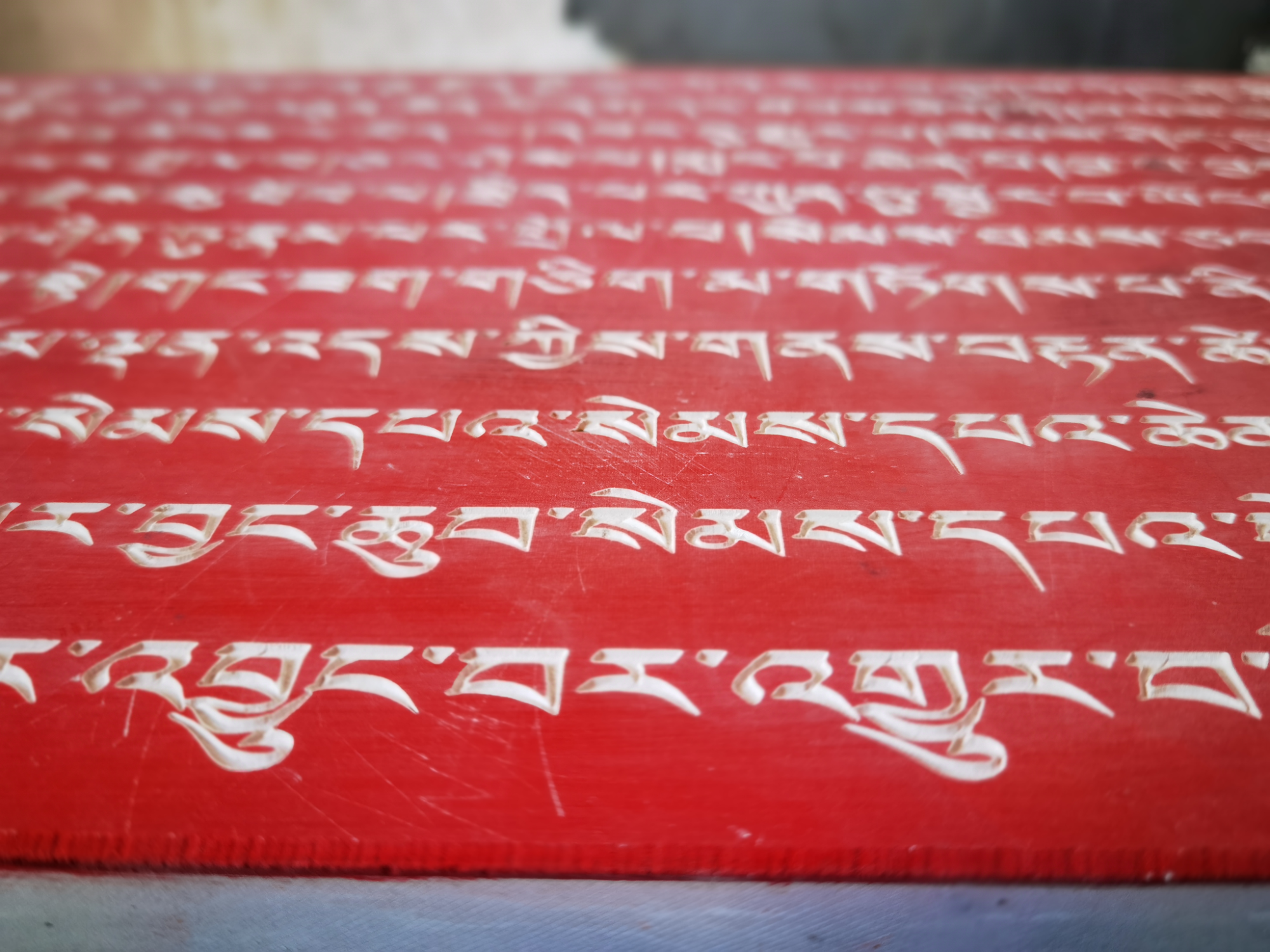Leading laser manufacturer Luxinar is supplying its laser sources to CKLASER so that stone carvers in the Yushu area of Tibet have an easier option to continue an important ancient tradition.

Image Credit: Luxinar
Stone engraving is one of the more unusual applications for Luxinar’s OEM, SCX and SR range of sealed CO2 laser sources which are regularly used by industries such as automotive, electronics and textiles, for cutting, drilling and marking a wide range of materials. So, what are Tibetan mani stones and how are lasers helping to maintain, and even improve, the process of stone carving?
Mani stone carvings in Yushu, Tibet
Mani stone carving refers to pebbles, stones and slabs that are engraved with Buddhist mantras, sutras, Buddha images or symbols. Carvings of different shapes are found in various locations throughout Tibet, particularly in the Yushu area where Buddhist culture is highly developed; they are often piled high to form mani stone mounds or walls. Tibetan Buddhist faith groups have used them as a "spiritual stone" for sacrifices and blessings for over a thousand years, also as a place of worship, to mourn the dead, and even as road signs. According to Tibetan traditions, stone is the only material on earth that does not rot, rust or erode and, once the stones are engraved, their significance will remain with nature forever and bring happiness and protection to all living beings.
The evolution of mani stone carving tools
Mani stone carvings use local stone, mostly bluestone and jade, as these are widely available and soft and easy to dig and carve. Economic development, inheritance of religious beliefs, and the promotion of tourism have led to a growth in demand for mani stone carving by both local believers and external markets. This has in turn promoted the evolution of stone carving tools:
Handmade mani stone carvings
Traditional carving tools are a combination of chisel and hand hammer. It’s a time-consuming method with a low level of production efficiency.
Machine-made mani stone carvings
Since 2008 mechanical tools, such as small electric drills and grinders, have been used. These have improved the speed of carving.
Laser engraving mani stone
In 2012, several mani stone carving companies started to use laser engraving systems. Compared with the slow rhythm and low production rate of manual carving, laser processing is fast, efficient and flexible; it is also well suited to large-scale production.
The laser engraving process is simple: convert the format of the digital symbol or text, send them to the operating system of the laser, set the speed and power, and then the laser system starts to work. Compared with hand or mechanical carving, the benefits of laser engraving are numerous, including: no tool wear due to contactless process, no need to pre-line or outline the slabs, precise designs and complicated patterns are possible, consistent and high-quality results are guaranteed for high-volume production requests, it is suitable for different kinds of stones with different thicknesses or shapes.
“Our long-standing customer CKLASER approached us in 2012 about this unusual stone engraving application as they were aware of the many benefits of our CO2 laser sources compared with mechanical processing,” commented Baldwin Ding, Managing Director of Luxinar’s China office. “Initial demand was for our SR 25i and SCX 35 sealed CO2 lasers but now we are also receiving requests for our higher power OEM 45iX laser source.”
Laser engraving has not only allowed Tibetan mani stone carvers to carry on an important tradition, it is also introducing new possibilities to this ancient art.